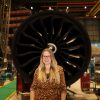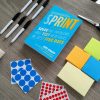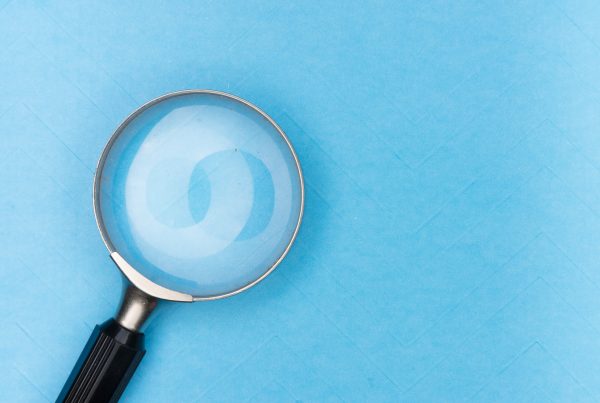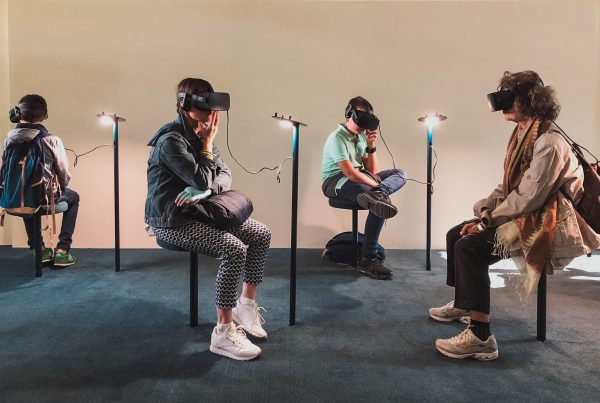Until recently, paper was one of the most important tools for loading your suitcase into the boot of your aircraft. But that will soon change: the least digitized department of KLM will be mobile. Roseanne Kahwagi and her Digital Studio team are working hard on it.
‘Do you know how team leaders in the luggage basement know what baggage is coming?” Roseanne Kahwagi looks questioningly, “They walk to a PC and make a print. And if something changes? Then they walk to that PC again for a new printout.’ When she came to work at KLM Digital Studio in early February and became the product owner of the baggage team, it was abundantly clear to Amsterdam’s 29-year-old that there was a lot of work to be done here.
‘Luggage is one of the least digitized departments in the entire company,’ she says. ‘That’s not because people don’t want to digitize there, but because that department has a very intense daily cycle. Baggage handling is a continuous process that has enormous peak moments. The entire department is constantly focused on keeping the operation going. Coming up with something new often comes to mind, but executing and implementing them has proved more difficult than expected.’
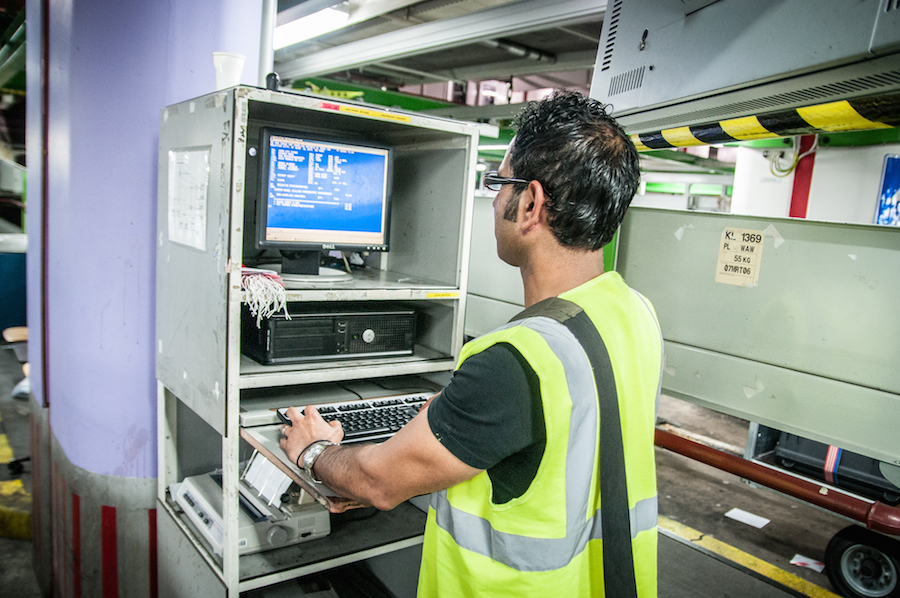
Yet that is necessary, the baggage flows are enormous, but they are now partly processed thanks to the knowledge of the people in the department. Roseanne: ‘The team leaders on the spot now assess which baggage has priority. They do that with their experience, because if you stay in the baggage room long enough you will know at a given moment which flights have short transfer times. But for the process of a large airline such as KLM, that is of course not an ideal situation. It is better if all people in the workplace constantly see where the priorities are. We are currently working on that.’
So that something had to change was clear to many people at baggage handling. Together with the team at the Digital Studio, the team leaders of the department set up a design sprint in 2018 to find out what the best solution would be for this situation. Roseanne: “We discovered that the best solution would be an app on an iPad. Because with that you can move freely, and that is precisely where the biggest gains are to be made. After all, we want to ensure that the people on the floor are constantly informed of the process.’
‘It all sounds very logical in itself, right?’
The app is divided into four parts, focused on a specific process, she says: ‘In the first part, team coordinators see which baggage is incoming. The second shows the outgoing baggage that is here and has to go to outside stations. Then comes odd sized: luggage with different sizes. And of course reclaim: the baggage that stays in Amsterdam. Using the app they have a constant overview of the baggage flows, where these have to go and what priority they have. And when something changes, they see it in real time. The advantages are obvious, the overview ensures better decisions and therefore fewer mishandled bags, less confusion with transfers. And therefore satisfied customers and fewer claims: in the end, that immediately leads to cost savings.’
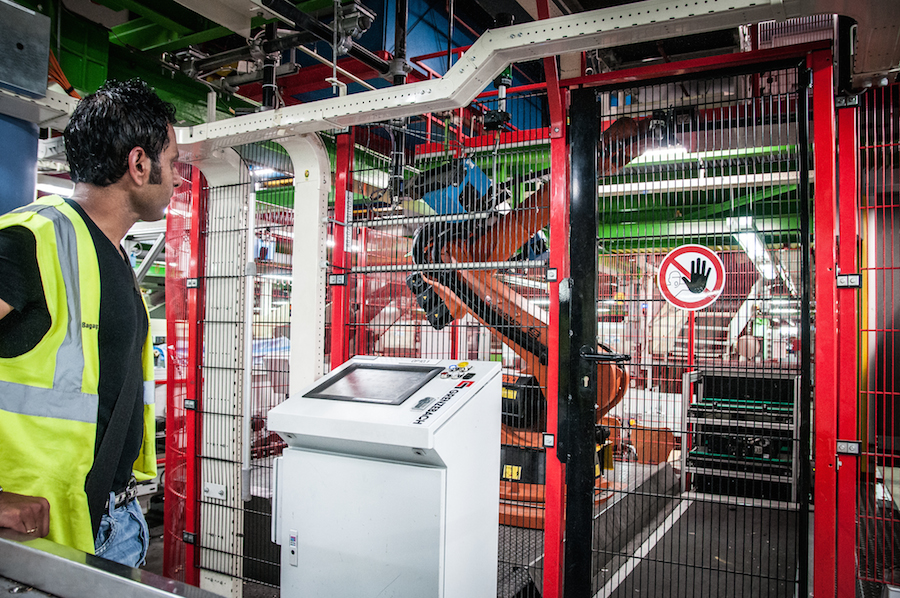
It all sounds very logical in itself, right? ‘That’s correct!,’ she laughs. ‘But until recently there was just no room to pick up this type of project until the Digital Studio was established. We are here to help KLM digitize in places where people really want to, but do not have the opportunity or time to pick it up. Now we do that in close consultation with the people who work there. They become co-owners of the development process and help build it, so that they can run everything when it is ready.’ According to her, this collaboration is also essential to make a project like this succeed: ‘in the end we are of course working on changing a very old process. Wherever you do that, you always encounter resistance. “An A4 piece works fine, right?” I heard it literally during our user survey. We hope to overcome that by working with so-called Superusers who really understand the usefulness of this technology, who are very positive and who act as a sort of ambassador for the transformation. We did not dream up this app ourselves. We build the software based on what they tell us. I think that really works. The design of the app is now ready, the APIs have been delivered and we are building it together with IBM. And we are already conducting user tests throughout the entire construction process.’
And after that? ‘After that, much more is possible. I see this app primarily as a good start. Because I think we can do a lot more with this than we have imagined. It is a first step in the direction of innovation, but not the final step. We have a lot of data with which you can do a lot of clever things, especially if you have to deal with enormous flows of goods, as with luggage. You could think of using artificial intelligence that can make decisions based on the number of suitcases, peak times and occupancy, allowing Team Coordinators to focus on real urgency. But that is something for the next phase. We are very happy when we can replace the paper process with this app at the end of this year.’



